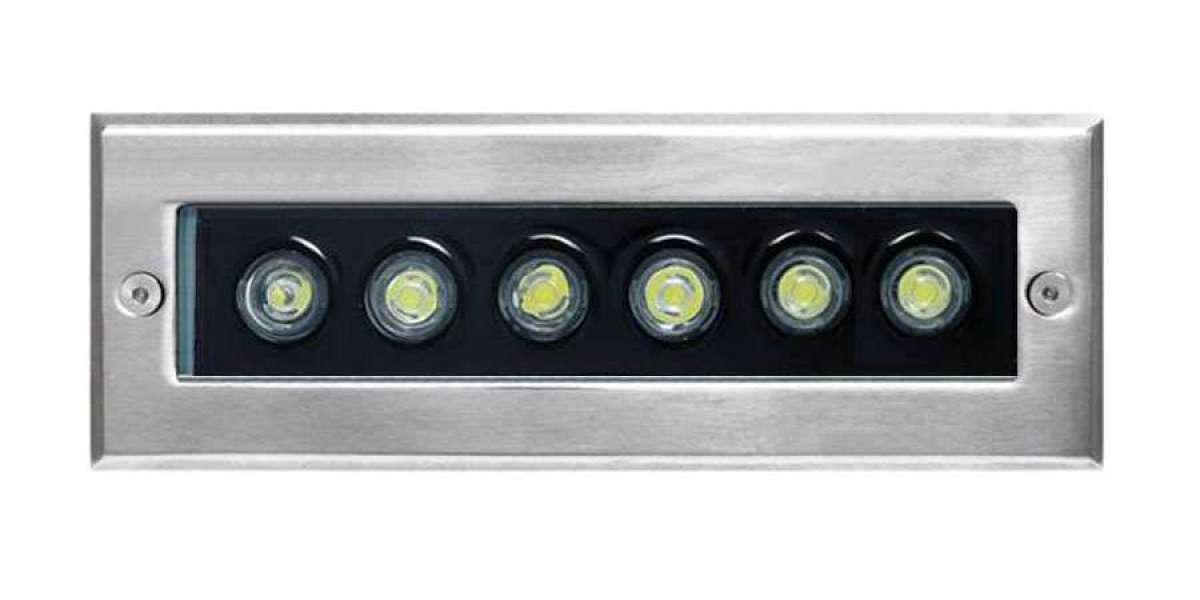There are so many types of wood to choose from when you're building a fence, deck, pergola, or even a new house that it can be hard to know which one to use. Fire Resistant Lumber and Rough Cedar Lumber are still the two types of wood that people talk about the most. Each one has its own advantages, looks, and levels of durability. So, how do you choose the best one for your vision and your space?
It might be hard to choose between beauty and safety, natural charm and engineered protection, rustic appeal and following the rules. But knowing the main distinctions between Fire Resistant Lumber and Rough Cedar Lumber will help you make a clear and confident choice. This in-depth look at these two strong materials will help you decide which one is best for your next large project, whether you're a contractor, a DIYer, or a homeowner who wants to invest wisely.
Fire Resistant Lumber: Made for Safety and Performance

Fire Resistant Lumber is more than simply wood; it's a safety measure. This kind of lumber has been treated to be able to handle high temperatures and slow down the spread of flames. It is made for usage in areas or buildings that are likely to catch fire or need extra safety measures. It begins as regular wood, which is usually pine, Douglas fir, or another popular softwood. A careful treatment technique that uses fire-retardant chemicals that are deeply incorporated into the wood fibers makes it fire-resistant.
This isn't just a covering that comes off over time; it's a full chemical change that makes the material better at not catching fire. Fire-resistant lumber is especially useful in places where fire codes are quite severe, including urban-wildland borders or multifamily housing complexes. You may relax knowing that your building has an extra layer of protection in case of an emergency.
But keeping people safe from fire isn't the only thing it's good at. Fire Resistant Lumber is also quite stable in terms of size, which means that it doesn't bend, twist, or cup as easily as untreated wood when it gets wet or the temperature changes. You can paint, stain, or seal it just like conventional wood, and it holds fasteners well, which makes it a good building material for both framing and finishing work.
Fire Resistant Lumber has a lot of good points, but some people say it doesn't look as nice as untreated, organic wood. The treatment process might occasionally change how it looks a little, making it look more processed or discolored than rustic. But for people who care more about how things work and how safe they are, these small changes in appearance are frequently worth it.
Rough Cedar Lumber: Nature's Timeless Beauty in Wood
Rough Cedar Lumber, on the other hand, appeals to the heart of natural design. Architects, designers, and builders have loved cedar for a long time because of its unique grain patterns, warm reddish colors, and pleasant smell. They admire both its beauty and its usefulness. Rough Cedar is wood that hasn't been planed or smoothed, so it has a rough, textured surface that works well for rustic projects, outdoor constructions, or any project where character and depth are important.
One of the best things about cedar is that it naturally resists harm from insects, wetness, and decay. Rough Cedar Lumber is naturally strong, so it doesn't need to be treated with chemicals to last. Its inherent oils keep it from rotting, so it can handle harsh outdoor conditions without the need for pressure-treating or fire-retardant chemicals.
It is also easy to work with because it is light. Cedar is the best wood to use for building a fence, putting siding on a cabin, or making a pergola in your garden since it is strong and easy to work with. And let's not forget how it looks. No two pieces are ever the same, and the small flaws simply contribute to its rustic charm.
But Rough Cedar does have certain problems. It does a great job of keeping out rot and bugs, but it isn't naturally fireproof. Cedar may not meet code requirements in areas with a high danger of fire or for projects that need to meet fire rating standards unless extra fire-retardant coatings are added. And since it's a high-quality material, it usually costs more than many treated softwoods, which makes it more of an investment for big projects.
Environmental and Regional Considerations: Where You Live Is More Important Than You Think
The choice between Fire Resistant Lumber and Rough Cedar Lumber typically depends on where you live. Are you building in a location where wildfires happen a lot or in a crowded neighborhood with rigorous fire codes? If so, Fire Resistant Lumber might be the best choice, and it might even be mandated by law.
If you live in a place with a milder temperature and less risk of fire, and your project lets you choose from a wider range of materials, Rough Cedar might give you the style you're going for. Think of cabins by the sea, retreats in the mountains, or even rooftops in the city where the natural look of cedar can improve the design without hurting performance in a low-risk scenario.
The weather also changes how wood acts over time. Cedar's ability to resist moisture provides it a big edge in places with a lot of humidity. It won't warp or rot as quickly as untreated spruce or pine. Fire Resistant Lumber is often dried in a kiln after it has been treated. This lowers the amount of moisture in the wood and makes it more stable when the weather changes. Knowing how each material reacts with the environment around it will help your building last longer.
Finding the right balance between beauty and safety: aesthetics vs. performance
The choice between these two materials frequently shows what is most important to you for your project. Is it a matter of form, function, or both?
People who are making high-end outdoor living spaces, garden arbors, or custom wood furniture might want to use Rough Cedar Lumber. Its warm look, smell, and feel make it naturally elegant in a way that's impossible to copy. Cedar gives a deck and a fence a sense of authenticity and charm that makes them feel like a retreat and art.
On the other hand, if you're building multi-unit housing, community facilities, or extensions in controlled areas, Fire Resistant Lumber may be necessary—not simply to follow the rules, but also to keep people and nearby properties safe. It doesn't try to be the nicest material on the block, but it makes up for its lack of style by being able to handle a lot of stress.
Some projects might even do better if you use both materials together. For instance, Fire Resistant Lumber might be used for structural structure to make it safer, and Rough Cedar could be utilized for trim, siding, or ornamental features to keep the look. This hybrid method combines the best of both worlds and is extremely helpful for innovative architecture design.
What to Expect for Longevity and Maintenance Over the Years
It's just as crucial to know how your timber will hold up over time as it is to know how it looks or goes up on day one.
Fire-resistant lumber is noted for keeping its shape for decades, especially when it is kiln-dried after treatment (KDAT). It doesn't shrink or swell quickly, and it doesn't warp readily either. Regular sealing or painting can help keep moisture and UV rays from getting in, so it's a low-maintenance choice after it's been put in correctly.
On the other hand, Rough Cedar looks great in all kinds of weather. Without care, it will slowly develop a silvery patina that many homeowners and designers appreciate. A UV-protective stain or sealer will be needed if you want to keep its original reddish color. If you want to retain the beauty of cedar, it needs a little more care, but many people think the extra work is worth it for the way it looks and feels.
One bad thing about Rough Cedar is that it can hold more dirt and debris than smooth lumber because of its rough surface. Depending on how much use and exposure the structure gets, cleaning may only need a gentle wash and little refinishing now and again. Even without regular care, it will still work and hold up well against the weather because it is naturally strong.
Costs: Insurance vs. Investment
Let's talk about money. When choosing between Fire Resistant Lumber and Rough Cedar Lumber, the price is frequently the most important factor.
When comparing identical grades and sizes, Fire Resistant Lumber is frequently cheaper up front than Rough Cedar. Because it is standardized and useful, it is readily available, mass-produced, and competitively priced. But don't confuse price with cheapness; it's still a high-end choice when it comes to safety and performance.
Rough Cedar is a specialty wood, hence it usually costs more per board foot. The price is high since it is rare, naturally resistant, and looks nice. It's an investment in design and natural luxury that might not be necessary for every project but can make a big difference in the end.
You should also think about how much each resource will be worth in the long run. Fire-resistant lumber could save lives and property in a fire, and cedar's timeless beauty and strength can increase the value of your home when you sell it and cut down on the need to replace it in the future. Both are good choices for your money, but in different ways.
The Verdict: Which One Is Right for You?
If your main worry is fire safety, following the rules, or living in an area where wildfires are common, Fire Resistant Lumber is the best choice. It works, lasts a long time, and is built to protect. It gives you peace of mind in a world where the weather and natural disasters are getting harder to forecast.
Rough Cedar Lumber is hard to beat if you want something that is naturally beautiful, has a classic look, and will last a long time without any chemicals. It makes the outside feel more like home or invites nature inside. People who care about looks and natural materials love it because of its rustic finish, nice smell, and warm look.
If you're somewhere in the middle and want both safety and style, don't be afraid to mix the two. Use fire-resistant lumber for framing and support for the foundation, and wrap it in rough cedar where looks and feel are most important.
In conclusion, Bayou City Lumber should help you with your next build.

When choosing between Fire Resistant Lumber and Rough Cedar Lumber, you need to think about what your project needs and how each material might help. There is a solution that meets your vision and budget, whether you want to focus on fire safety, architectural style, or a mix of the two.
We have a lot of Fire Resistant and Rough Cedar Lumber at Bayou City Lumber to help you build better and smarter. Our crew is knowledgeable and has been in the construction materials business for decades. They are ready to help you choose the best option for your project, making sure it is safe, sturdy, and beautiful.
Bayou City Lumber has the materials and know-how to help you build something amazing when you're ready.


